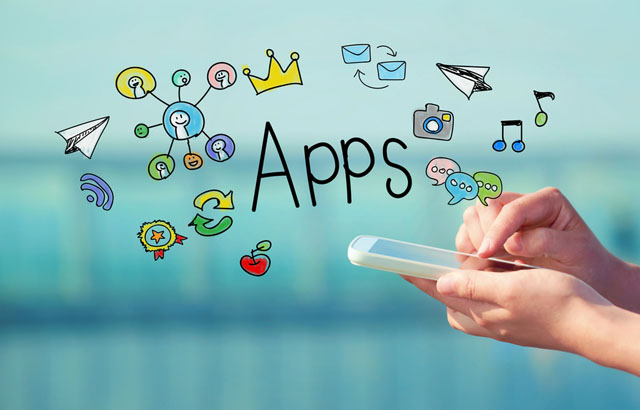Naturally, when it comes mobile security, a lot of focus is directed towards smartphones. That’s not really all that surprising, as these wondrous, pocket-sized computers have quickly taken over most aspects of our personal and professional lives. Consequently, being safe and secure is of paramount importance here.
Similarly, tablets have become a key feature in many homes, as well as in many offices, places of work. However, it seems perhaps that our approach to cybersecurity with these devices isn’t as thorough as it might be with smartphones (which, at times, also could be better).
This short feature aims to draw attention to some of the key things you should be doing to bolster your tablet security, so that wherever you are, whatever it is you’re doing, you can be as confident as possible that cybercriminals are kept at bay.
After all, with fairly recent news revealing that Android has, for the first time, overtaken Windows as the “world’s most popular operating system in terms of internet usage”, we’re at a tipping point. And cybercriminals are all too aware of this.
Keep it official with apps

Ensure that you download legitimate, trusted non-malicious apps from reputable and official stores, including Google Play and the App Store.
Even then you have to be fairly alert, as malicious apps can make it onto these platforms, as ESET’s Lukáš Štefanko recently highlighted.
Lock it up real, real tight
Lock your device with a unique PIN or password and consider changing this on a fairly regular basis to ensure only you can access your device (although new NIST recommendations suggest otherwise).
Also, if you tend to use your tablet in a public space, or at work, ensure that your device will auto-lock in the shortest time possible.
Get smart with a security solution
Install a mobile device-specific security solution, one that is specifically designed with your operating system in mind.
These offer a variety of security measures, including remote locking, anti-phishing, location tracking and remote wiping capabilities.
Take an active approach to public Wi-Fi

By disabling this feature on your tablet, opt not to connect automatically to public Wi-Fi hotspots.
It might seem inconvenient, but, in doing so, you’re actively taking control of your device’s security. Here are some other top tips.
Always keep up your guard
From browsing the web to chatting on social media and doing your online banking from the comfort of your tablet, be alert to signs something is amiss.
Unsolicited emails asking you to click on a shortened link and friends sharing too good to be true promotions on messenger apps are two examples likely to be representative of malicious activities.
So, there you have it, a compact feature on tablet security, focusing on some key areas that have proven to be weak spots when it comes to mobile security.
If there are any key takeaways, it’s use your common sense, be vigilant and never underestimate cybercriminals – they will look for any opening, however small, to exploit. Don’t give them the satisfaction. Be cybersavvy, cybersecure and cybersmart and enjoy all the benefits that come with owning a tablet.




